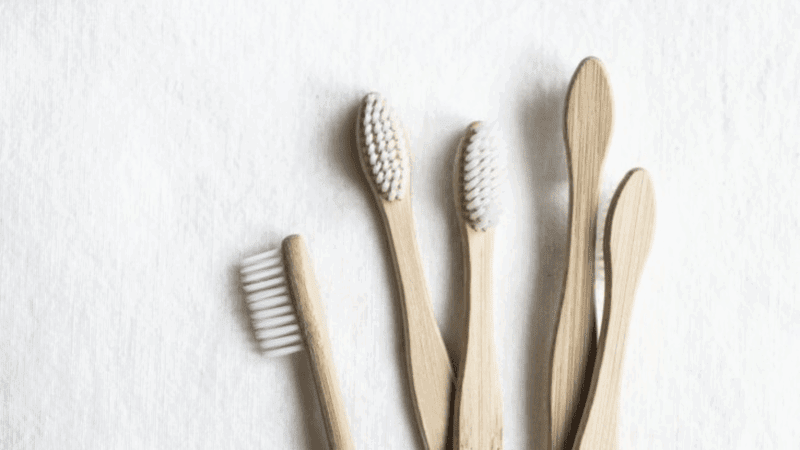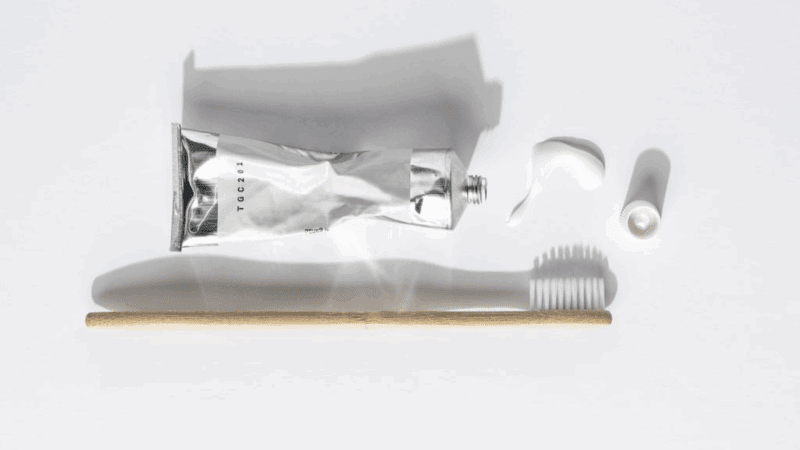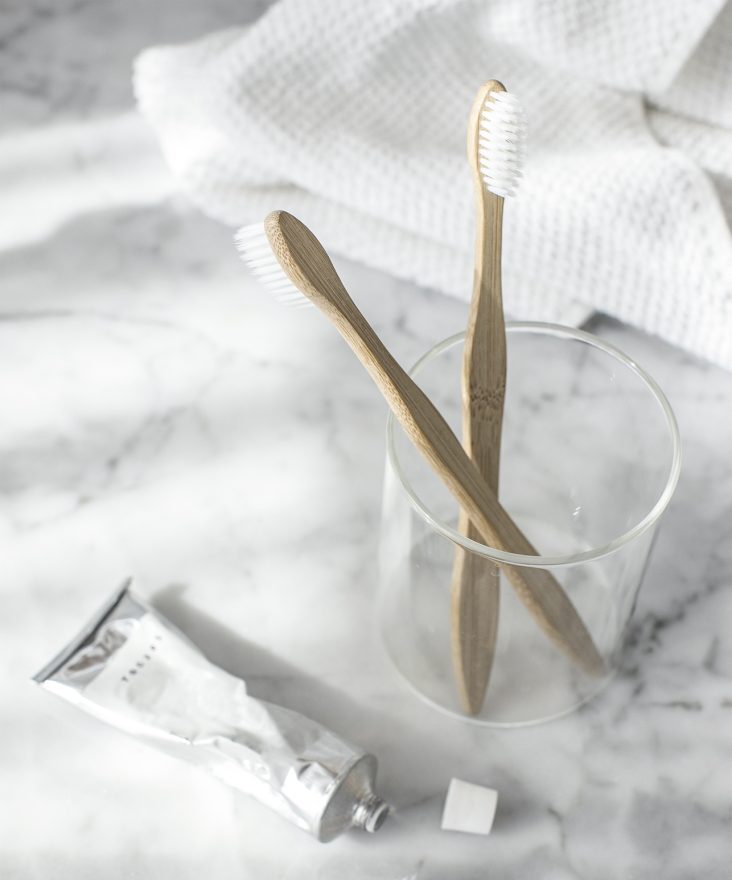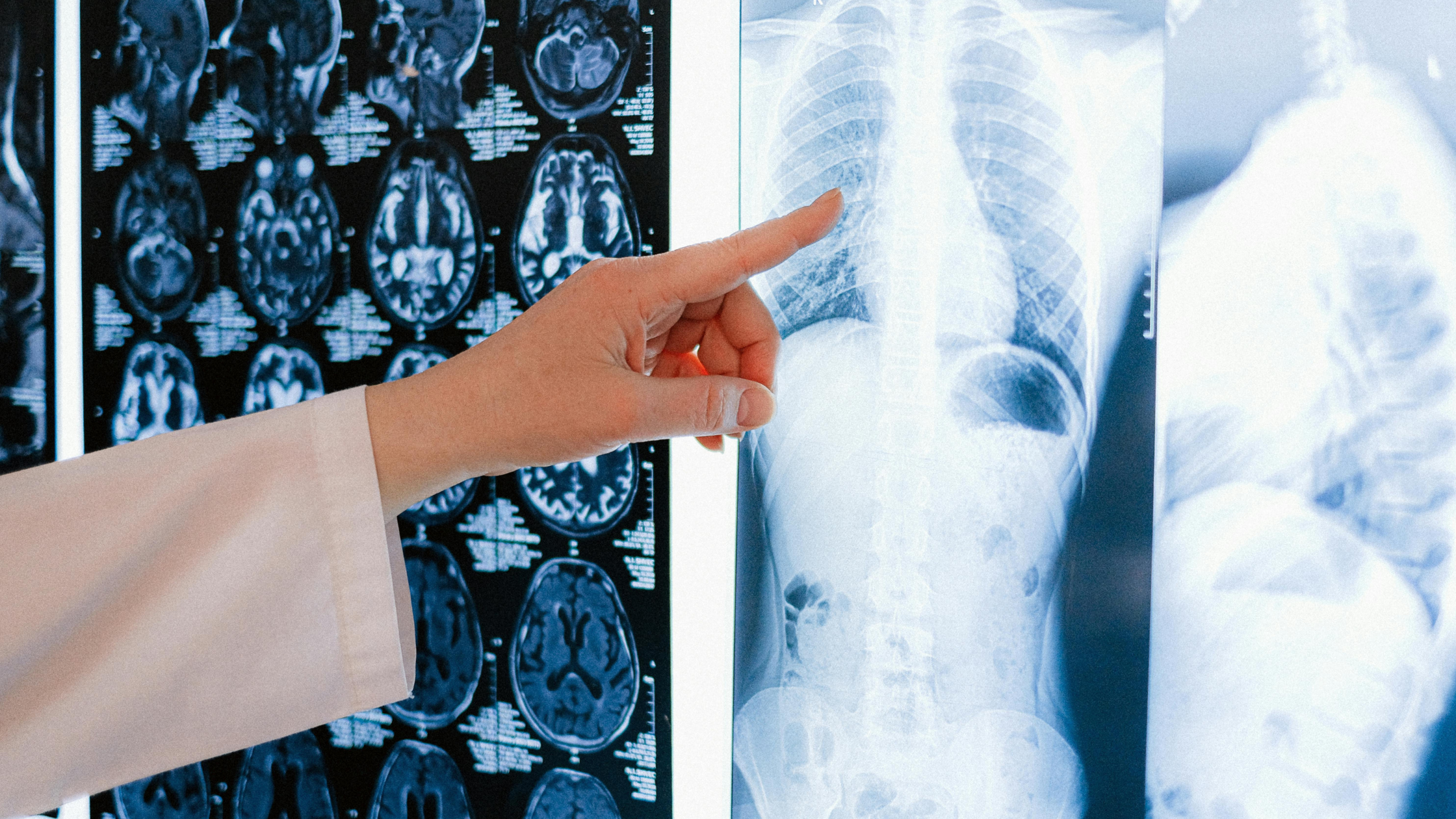How Supporting the Oral Microbiome Impacts Overall Health
The Upshot
A healthy oral microbiome is key to longevity. In your mouth lives a microbial community that affects inflammation, immunity, digestion, brain health, and even mood. Imbalances in this ecosystem can impact mental and physical health, and accelerate aging. By promoting a diversity of bacteria in your mouth with gentle, plant-based practices, nourishing foods, breathwork, and dental hygiene, you’re not just preventing cavities, you’re cultivating longevity from the inside out.
________________________________________________________________________________
When I talk about longevity with clients, we generally touch on a wide range of health topics. Many are surprised when I ask about their oral microbiomes, home to hundreds of billions of bacteria, which may hold keys to physical health, emotional balance and cognitive clarity.
Healthy Mouth = Healthy Body
I have long understood that the body is deeply interconnected, and the state of your mouth is a reflection of the state of your total health. In fact, your mouth hosts the second-largest community of microorganisms, after the gut. These microbes protect your teeth and gums. They also influence immune function, inflammatory pathways, nutrient absorption, detoxification processes, and brain chemistry.
The oral microbiome acts as a gatekeeper. When it’s in balance, it regulates inflammation, keeps pathogenic bacteria in check, and supports the rest of the body.
When the ecosystem becomes imbalanced, it can trigger a condition known as oral dysbiosis (think gingivitis). And this may trigger low-grade, chronic inflammation elsewhere.
It’s estimated that over 50% of adults over 65 have oral dysbiosis. These inflammatory signals can travel through the bloodstream, affecting the cardiovascular system, disrupting metabolic balance, and increasing neuroinflammation. Research has begun to explore how certain oral pathogens may contribute to the development of beta-amyloid plaques in the brain—implicated in Alzheimer’s disease and other forms of cognitive decline (2).

Oral Microbiome and Depression
A recent study from NYU Rory Meyers College of Nursing drew a strong connection between the oral microbiome and mental health. After reviewing data from more than 15,000 adults, researchers found that lower diversity in the oral microbiome was consistently associated with higher symptoms of depression (1).
This was true even after adjusting for factors like smoking, alcohol use, and general dental hygiene. The causal connection remains to be proven, meaning that the oral microbiome may cause depression or depression may alter microbial health, or both.
These findings highlight what I have long understood: we must honor the deep connection between our mouths and our bodies – the state of our mouth is a reflection of the state of our total health.
Oral Hygiene
Oral hygiene is preventative medicine. Yes, white teeth are attractive. But everyday flossing and brushing (and much more) are about creating the conditions for a longer, clearer, more vibrant life. Consider these swaps to practice a more wholistic approach to taking care of your teeth.
1. Mouthwash vs. Oil Pulling
Supporting your oral microbiome doesn’t require an overhaul, just more intentionality. As a practitioner, I recommend replacing harsh, antibacterial oral products with more gentle, plant-forward alternatives. Many commercial mouthwashes that promise to kill 99 percent of bacteria also destroy beneficial species that help maintain oral balance.
A better approach is oil pulling with organic coconut oil, a daily ritual I practice myself. This simple swishing technique, rooted in Ayurvedic tradition, supports healthy oral flora while stimulating lymphatic movement and aiding detoxification.
It can also reduce harmful bacteria like Streptococcus mutans, helping to prevent plaque buildup and tooth decay, while supporting gum health by reducing inflammation and symptoms of gingivitis. Additionally, coconut oil’s natural antifungal properties may help manage Candida albicans, making it a gentle ally against oral thrush.
2. Eat the Rainbow
We also nourish the oral microbiome through food. A plant-rich diet high in colorful vegetables, fermented foods, and polyphenols, like green tea, berries, and leafy greens, feeds beneficial microbes and supports overall microbial diversity. These foods contain prebiotic fibers and bioactive compounds that beneficial microbes thrive on, helping them grow, produce protective metabolites like short-chain fatty acids, and crowd out harmful bacteria.Try to get as many different colors into your daily diet as you can. And avoid processed sugar and refined carbs, which feed the bacteria that causes cavities.
3. Hydrate
Hydration plays a major role, too. Saliva isn’t just for breaking down food. It helps regulate oral pH and microbial behavior. When you’re dehydrated, oral bacteria can become more aggressive and disruptive. Dehydration reduces saliva production, which normally helps neutralize acids, wash away food particles, and keep harmful bacteria in check. Drinking mineral-rich water throughout the day helps keep both your mouth and your metabolism in harmony.
4. Breathwork
Breath also influences the oral ecosystem. Nasal breathing, particularly during sleep, supports a moist, oxygenated oral environment and helps regulate oral flora. Mouth breathing dries oral tissues and lowers oxygen levels, reducing saliva’s protective functions and creating an environment where harmful, anaerobic bacteria can thrive and disrupt microbial balance. Incorporating breathwork into your daily routine helps train the body to return to a parasympathetic, nose-breathing state, supporting calm, clear energy and better microbial health at the same time.

5. A new approach to dentistry
For those looking to take their oral health a step further, holistic dentistry offers a science-supported, energetically aligned path. I often recommend working with practitioners who understand the connection between oral ecology, systemic inflammation, and longevity. A modern holistic approach might include the use of dental probiotics, oral hygiene kits designed to protect enamel and microbial balance, and toothpaste formulated with herbal extracts and prebiotics. Liposomal rinses that include ingredients like quercetin and longevity-supportive compounds can soothe tissues and support immune regulation in the mouth. Biofilm therapy helps break down the protective layers that shield harmful microbes, making infections more responsive to treatment. It also supports a healthier microbiome, reduces chronic inflammation, and improves nutrient absorption and immune function.
Alternative materials
Instead of traditional BPA-based numbing agents and fillings, many integrative dentists offer safer materials, including non-BPA resins and porcelain-based restorations. New technologies like 3D digital scanning reduce exposure to radiation by minimizing the need for repeat X-rays. Ozone therapy, delivered through water rinses, helps oxygenate tissues, reduce bacterial overgrowth, and promote gum regeneration.
Laser and sound frequencies
Some practitioners also use low-level laser light therapy for the gums, inner cheeks, and jaw. These red and near-infrared wavelengths can support healing at the mitochondrial level and even help modulate pain and inflammation. Sound frequency therapies, such as specific neuro-acoustic tones played through headphones, help ease dental anxiety. These calming frequencies support the parasympathetic nervous system, allowing for a gentler and more conscious dental experience.
Vibration, not abrasion
Additional tools, like charcoal-infused floss made with non-BPA materials, support immune strength without disrupting the oral biome. High-frequency sonic toothbrushes and water flossers support cleansing through vibration and micro-movement, rather than abrasion, preserving the delicate balance of the mouth’s protective layers.
The beauty of holistic dentistry is that it treats the mouth not as an isolated system, but as a vital piece of the whole.
The Essence of Self-Care
The same attention we bring to overall wellness and healing must be brought to oral care because when we treat our mouths with presence, with care, and with respect for its deeper connections, we support a body and mind that are primed for clarity, vitality, and longevity.
Xo – Serena
FAQ
Q. Is it possible to “reset” or restore a damaged oral microbiome?
A. Yes, though it takes consistency and a multi-faceted approach. Restoring the oral microbiome involves reducing sources of disruption (like synthetic mouthwashes, sugar, and chronic stress), reintroducing supportive elements (like oral probiotics and prebiotic-rich foods), and maintaining a nourishing, low-inflammatory lifestyle. Oil pulling, natural oral rinses, and gentle dental hygiene habits can help shift microbial balance over time, but the internal terrain—your gut health, immune system, hydration, and hormonal balance—must also be supported.
Q. What should I expect during a visit to a holistic dentist?
A. Holistic dental visits typically include a comprehensive oral health review that considers your medical history, lifestyle, stress levels, and energetic imbalances. These practitioners may use 3D imaging instead of traditional X-rays to reduce radiation exposure, check for signs of heavy metal toxicity or infection, and use biocompatible materials for any fillings or treatments. You may also receive therapies like ozone rinses, low-level laser light, or guidance on lymphatic drainage and dietary support for oral healing.
Q. Can hormonal changes affect the oral microbiome?
A. Absolutely. Hormonal fluctuations—especially during menstruation, pregnancy, perimenopause, or menopause—can change the pH of the mouth, impact saliva production, and influence microbial populations. Some women experience increased gum sensitivity, bleeding, or inflammation during these shifts. Supporting hormonal balance through nutrition, rest, adaptogens, and gentle detox practices can also benefit oral health during these life stages.
Q. How does fasting or intermittent fasting impact oral health?
A. Fasting can temporarily reduce saliva production, which may lead to a drier mouth and temporary microbial imbalance. However, intermittent fasting may also give the mouth time to rest and reduce acid exposure from food, which supports enamel and gum health. It’s important to hydrate adequately during fasting windows and ensure nutrient density in your eating windows to maintain strong tissue integrity and microbial resilience.
Q. Can emotional stress or trauma show up in the mouth?
A. Yes. Chronic stress, unprocessed trauma, or emotional suppression often manifests as physical tension—especially in the jaw, neck, and head. Jaw clenching, teeth grinding (bruxism), TMJ disorders, and recurring mouth ulcers may be signs of deeper emotional patterns. From an energetic perspective, the mouth is linked to the throat chakra and self-expression. Practices like Reiki, breathwork, or somatic therapy can support both emotional release and physical healing.
Q. Is there a connection between the oral microbiome and autoimmune conditions?
A. Emerging research suggests a strong correlation. Chronic dysbiosis in the mouth can increase permeability in oral tissues, triggering immune responses and cross-reactivity. In individuals predisposed to autoimmunity, this can act as a stressor or co-factor. By maintaining microbial balance in the mouth, reducing systemic inflammation, and avoiding harsh dental products, you may help reduce one potential trigger of autoimmune flares.
Q. How do detox practices support oral and systemic microbial balance?
A. When the body’s detox pathways—especially the liver, kidneys, lymph, and skin—are burdened, microbial byproducts and environmental toxins can accumulate in the tissues, including the gums. Gentle detox practices like dry brushing, castor oil packs, sweating, lymphatic massage, and herbal support help the body flush out stagnant waste. This not only supports the oral environment but also creates a more balanced internal terrain that favors beneficial bacteria.
Q. Are children’s oral microbiomes different from adults’?
A. Yes. A child’s oral microbiome is still developing, and their immune system is more impressionable. Early exposure to antibiotics, poor diet, or overuse of antimicrobial products can significantly alter this delicate ecosystem. Supporting children with mineral-rich whole foods, gentle dental products, and regular dental hygiene routines, without relying on harsh antiseptics, helps lay the foundation for lifelong oral and systemic health.
CITATIONS
- Qiu X, Xu T, Huang Y, Wei C, Wang L, Wu B. Relationship between depression and oral microbiome diversity: analysis of NHANES data (2009-2012). BMC Oral Health. 2025 Jun 5;25(1):914. doi: 10.1186/s12903-025-06274-x. PMID: 40474156; PMCID: PMC12143073.
- Wan J, Fan H. Oral Microbiome and Alzheimer’s Disease. Microorganisms. 2023 Oct 13;11(10):2550. doi: 10.3390/microorganisms11102550. PMID: 37894208; PMCID: PMC10609607.
by





